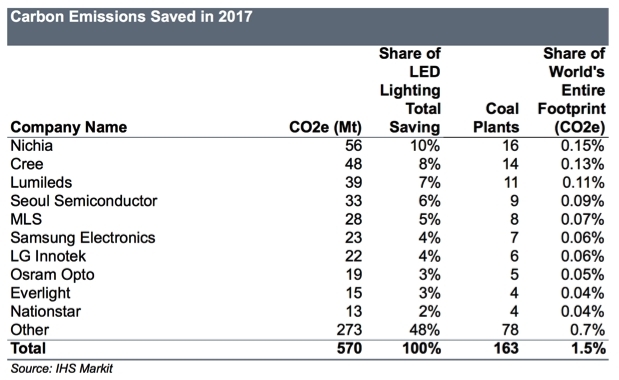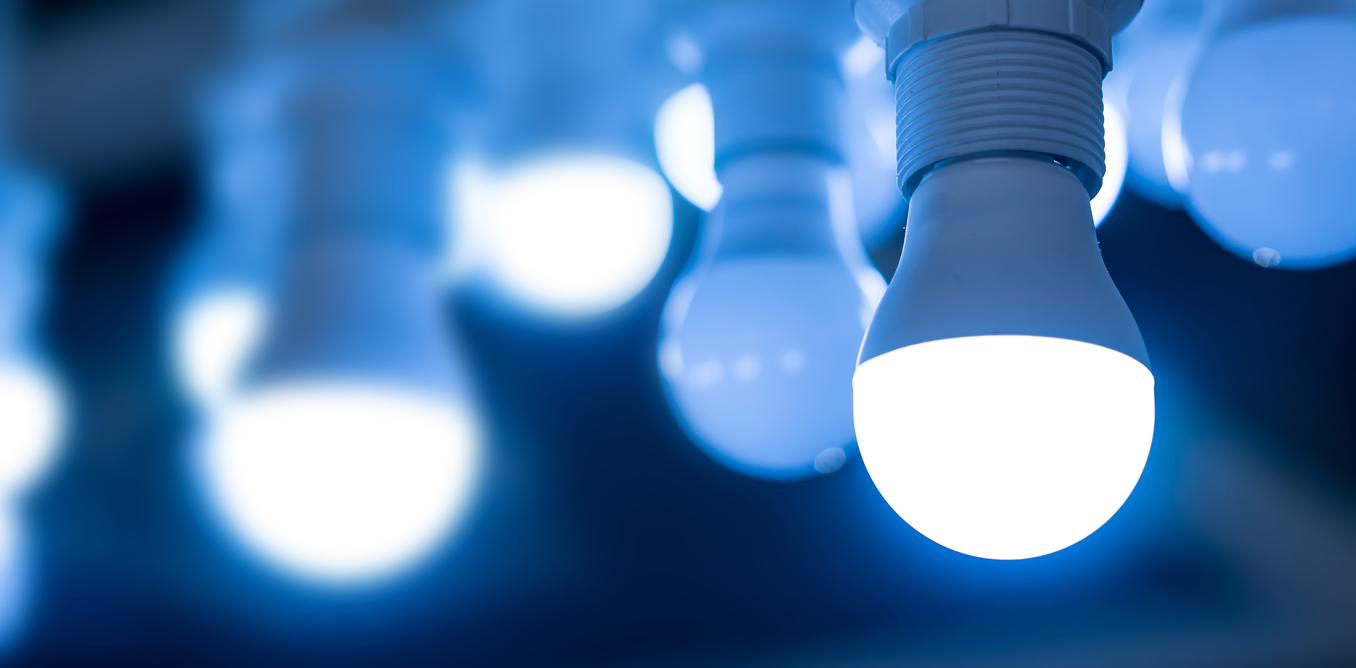Adoption of LEDs, short for light-emitting diodes, is having a tremendously positive impact on the environment. According to a recent report from IHS Markit, LEDs used to illuminate buildings and outdoor spaces reduced total carbon dioxide (CO2) emissions by an estimated 570 million tons in 2017.
That equates to reducing the global carbon (CO2e) footprint by an estimated 1.5 percent, we're told. To put it into further perspective, the analytics firm notes that the reduction is equivalent to shutting down 162 coal-fired power plants.
On average, LED lighting uses 40 percent less power than fluorescent solutions and 80 percent less than incandescent bulbs while producing the same amount of light. As Jamie Fox, principal analyst of the lighting and LEDs group at IHS Markit, highlights, the efficiency of LEDs is essentially what makes them environmentally friendly.

LEDs exhibit a number of other benefits over traditional bulbs. For example, they have a longer lifespan which means fewer bulbs need to be produced, reducing emissions and pollution associated with manufacturing, shipping, marketing and sales and even disposal. What's more, unlike fluorescents, LEDs don't contain the toxic chemical mercury.
LED bulbs have been around for years but their high cost kept many consumers at bay. Fortunately, that's no longer the case as LED bulbs are now more affordable than ever. A quick check over on Amazon reveals a 16-pack of Philips LED bulbs for less than $25, or around $1.56 per bulb. When I made the switch to LED bulbs a few years back, I paid nearly $9 per bulb. Ouch.
